This website uses cookies to ensure you get the best experience on our website. Terms of Use.
Accept CookiesFor better user experience, please use another browser.
The Zambezi Delta in Mozambique. WDPA ID 303674
| IM4.1 # of PCAs with improved monitoring system thanks to BIOPAMA AC project. IM4.2 Area concerned in Km2 |
| IM6.1 # of PCAs with improved native species status thanks to BIOPAMA AC project. IM6.2 # of endangered species benefiting of targeted actions thanks to BIOPAMA AC project. IM6.3 # of endangered species with improved status thanks to BIOPAMA AC project. |
| IM7.1 # of PCAs with improved threat management, enhanced response, mitigation or eradication thanks to BIOPAMA AC project. (the threat has to be specified: CC, illegal hunting, IAS; etc…) IM7.2 Measure in figures of the reduction of threat. IM7.3 Area covered in Km2. |
| IM8.3 Measure in figures of the improvement (i.e. reduction of illegal activities). |
| IM9.1 # of PCAs with enhanced efforts for maintaining ecological attributes and processes thanks to BIOPAMA AC project. IM9.2 Area covered in Km2. |
| IM15.1 # of PCAs with enhanced benefits for local communities thanks to BIOPAMA AC project. IM15.2 # of communities benefiting of enhanced socio-economic benefits from PCAs thanks to BIOPAMA AC project. IM15.3 # of indigenous people benefiting of enhanced socio-economic benefits from PCAs thanks to BIOPAMA AC project. |
Funding of this project will ensure the continuity of: (1) employment and deployment of anti-poaching teams; (2) monitoring of lion and leopard populations (3) establishment of permanent, sustainable agricultural fields to feed the resident community and (4) the use of technology to help to inform this and future projects.
Activities
Anti-poaching patrols by foot, motorbike and air, cover many of the footpaths and roads in the area, as well as known poaching hotspots. Foot patrols cover approximately 120 km a week, motorbikes 1000 km a week, and helicopters are in the air for approximately 30 hours a week. This anti-poaching activity will help to reduce losses of key species to illegal hunting. The patrols will also help in the on ground monitoring of key species, alerting management if they spot any issues, such as snared to injured animals needing assistance.
In addition, the monitoring of collared lions will help to assess the condition and size of the lion population, and give managers short notice of any problems with the collared lions, by assessing movement patterns sent by the satellite collars. Any unusual patterns will result in attaining a visual assessment of the animal/s concerned and, if necessary, veterinary attention to the animal.
The leopard population is also being strategically monitored by making use of permanent camera traps. Individual animals can be identified using their unique spot patterns and counts of individuals used to estimate the size of the population in the area. It is important for these camera traps to be maintained as their monitoring helps in the prevention of human wildlife interaction and the losses of leopards to poaching. Lastly this grant is supporting the growing of food crops in the area to feed communities whose livelihoods have been negatively affected by the loss of income from visitors during the pandemic. The crops are being grown in a sustainable way to feed the community, generate income (from sales of excess produce), and limit the impact of individual families clearing new areas of forest to plant small scale crops and commercially harvest firewood.
The Rapid Response Grant will be used to provide immediate protection for lions and leopards through anti-poaching patrols, snare removal whilst providing alternative livelihoods to avoid an increase poaching and forest clearing.
The change expected, is the long-term viability of the reintroduced lions will be reached in 2022 if the lions continue breeding. The lion population will be monitored for at least the next 10 years at which stage we have modelled that the population will be 83 lions, which would make the Delta one of the main strongholds of lions in world. The current estimated density of leopards is 1.6 leopards per 100km2; the milestone for leopard populations would be to see an increase to 2.6 leopards per 100km2 which would in line with the density recorded for the only other leopard site in Mozambique.
Food security to reduce impact of bush meat poaching and deforestation will be sustained and additional training will be funded from tourism income. The decreased amount of work and increased productivity of conservation agriculture as compared to slash and burn as well as the income from the surplus demonstrated during this project should also contribute to sustainability. In the longer term it is envisaged that the community would be agriculturally self-sufficient and independent and would have moved away from slash and burn agriculture.
Download the project infofiche.
Southern African Wildlife College (NPO)





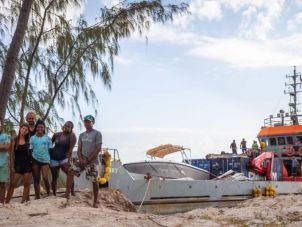 01 December 2020 - 31 May 2021
01 December 2020 - 31 May 2021
Southern Africa
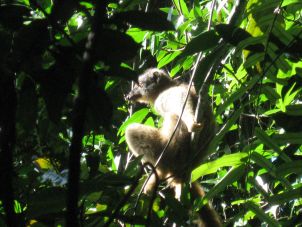 01 April 2021 – 31 March 2022
01 April 2021 – 31 March 2022
Southern Africa
 January 1, 2021 - June 30, 2021
January 1, 2021 - June 30, 2021
Southern Africa
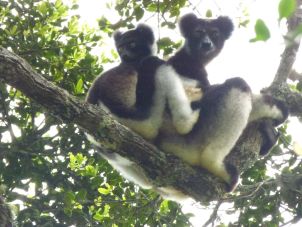 December 1, 2020 - November 30, 2021
December 1, 2020 - November 30, 2021
Southern Africa
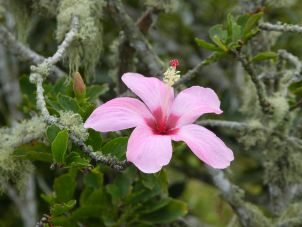 December 1, 2020 - November 30, 2021
December 1, 2020 - November 30, 2021
Southern Africa
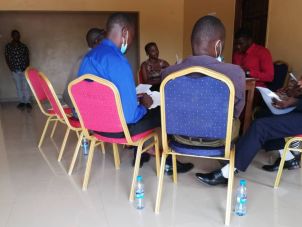 November 1, 2020 - April 30, 2023
November 1, 2020 - April 30, 2023
Southern Africa
Southern Africa
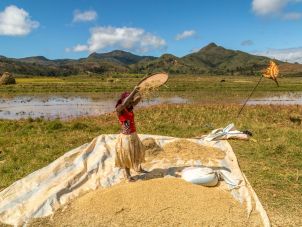 August 01, 2020 - July 31, 2023
August 01, 2020 - July 31, 2023
Southern Africa
